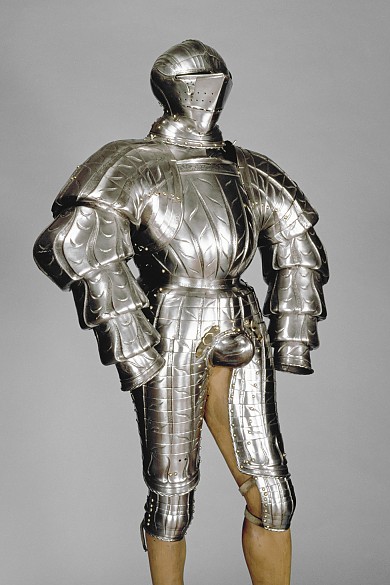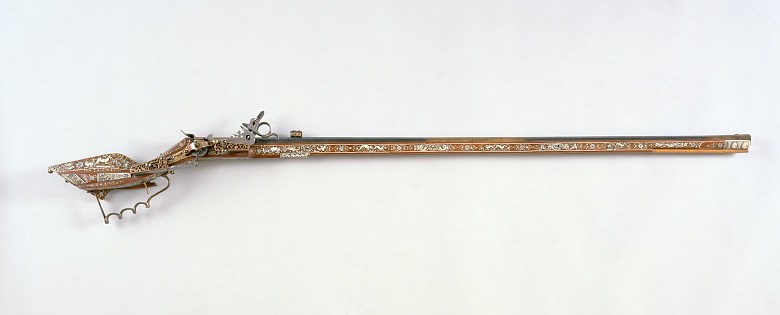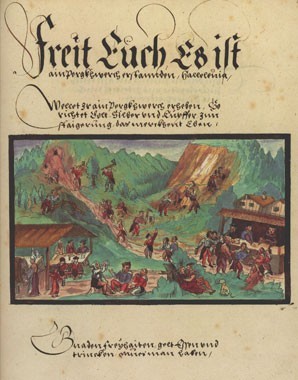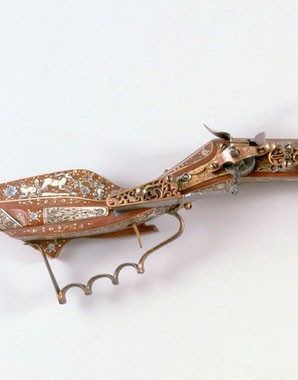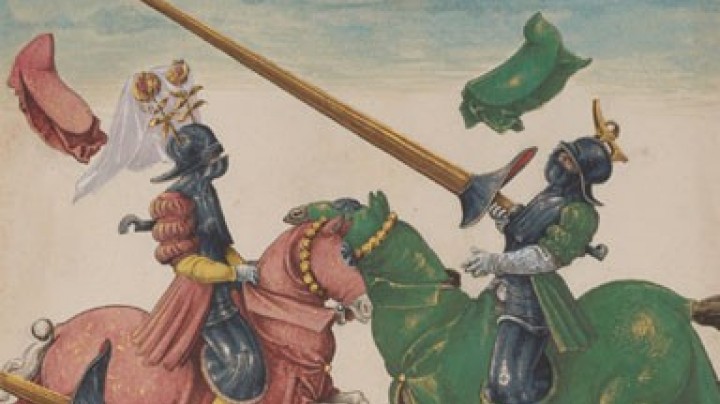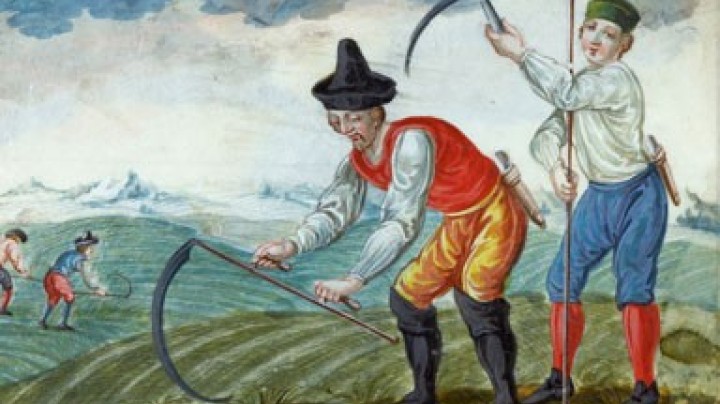Old iron – The iron and arms industries in the early modern period
The region known as the Eisenwurzen – ‘the places where the iron has its roots’ – supplied the Habsburg lands and many other parts of Europe with iron and products made from it.
There was another mining product that was just as successful as silver and salt, namely iron. The largest mine was the Erzberg mountain in Styria. Iron was so important for the finances of the Habsburgs that they introduced all kinds of measures in the attempt to organize and control the mining and trading of iron to their advantage. They stipulated wages, prices and the level of production, and determined which regions could be supplied via which routes. Such fixed routes were advantageous for the rulers because they ensured that tolls could be levied. Of course, it was impossible to guarantee complete control in the complex topography of the Alps, especially as the mining and trading of iron was characterized by a wide variety of interests and different groups. In the first half of the fifteenth century, when there was an increase both in long-distance trading and in demand from the peasantry, the mining of iron ore enjoyed a boom. Exports went mainly to Germany and to Venice. Iron was used in the manufacture both of domestic goods such as pots and pans and of agricultural implements such as scythes and horseshoes. Increasing demand from the military sector also had a positive effect on the iron business. In fact from the late Middle Ages on something like an armaments industry developed in the Eisenwurzen region. While armour tended to be produced in northern Italy, southern Germany and Tyrol, the production of cutting and stabbing weapons became the speciality of the Eisenwurzen. In the second half of the sixteenth century the town of Steyr became a centre for the mass production of firearms, which were being used increasingly in warfare.
